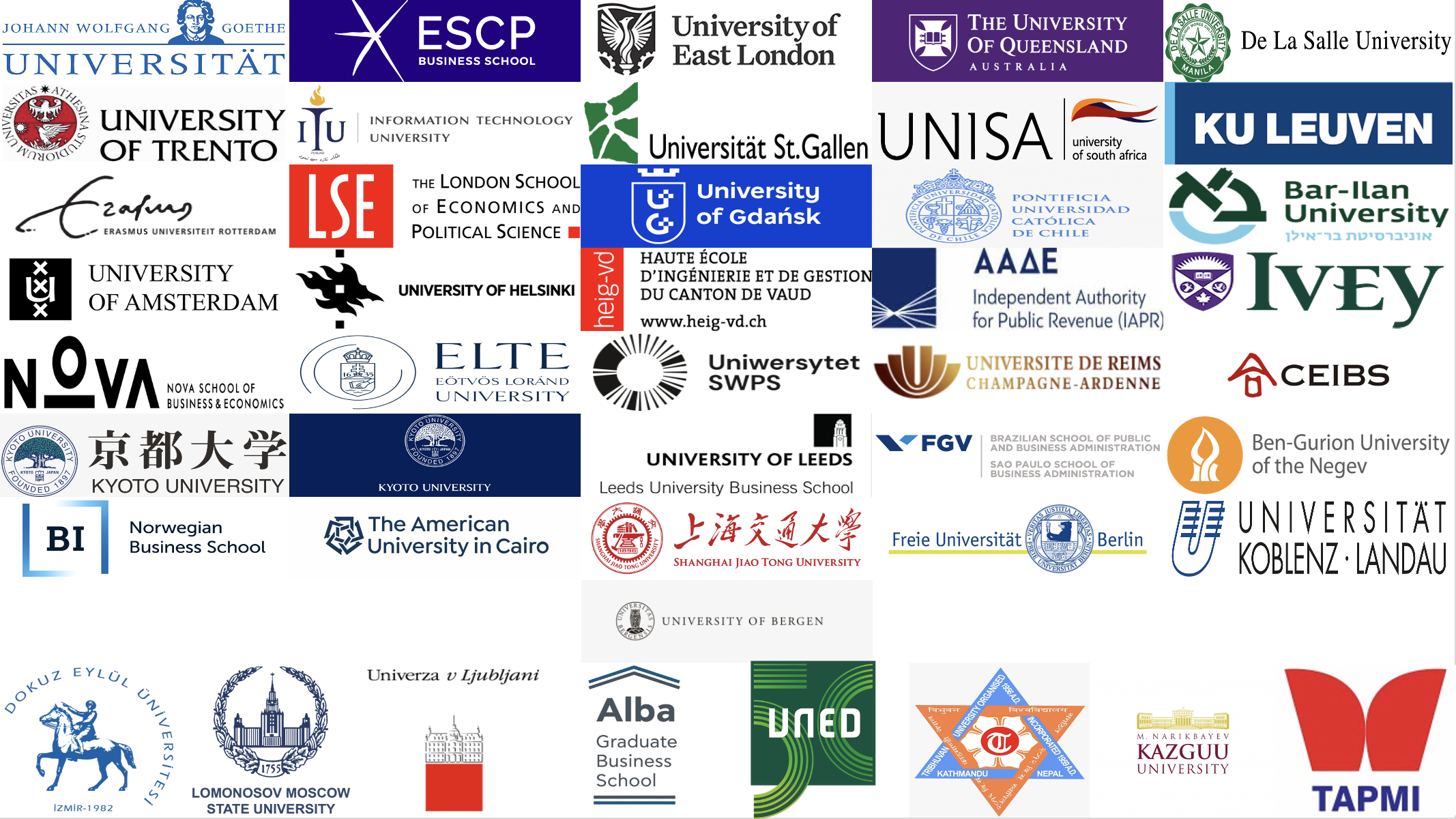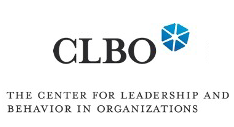Global Identity Leadership Development - GILD
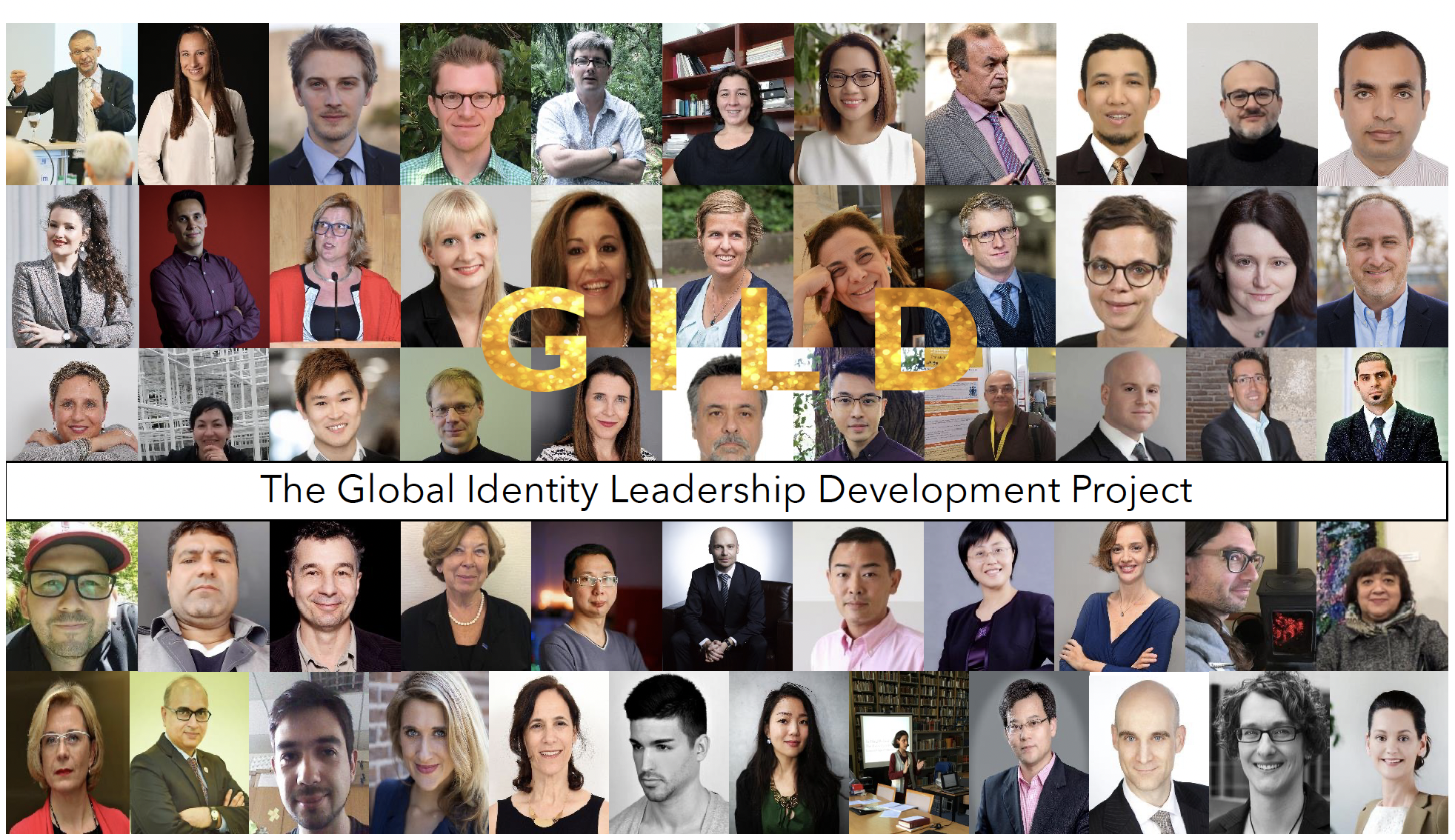
Recent leadership theorizing has proposed that leadership is a group-based social influence process that revolves around leaders creating, embodying, promoting, and embedding a shared sense of “we” (a shared social identity) among those they lead. To examine these ideas, Nik Steffens, Alex Haslam and colleagues have developed a new inventory — The Identity Leadership Inventory (ILI) — that allows researchers and practitioners to assesses the extent to which leaders engage in identity leadership.
The Global Identity Leadership Development project is a large-scale research collaboration conducted in over 20 countries. The team has has scrutinized the validity of the inventory as a way of assessing a leader’s ability to manage a shared sense of “we”. Data from a sample of over 5,000 individuals (across 13 languages) around the globe show that the four dimensions of identity leadership are distinguishable and that they relate uniquely to important work-related attitudes and behaviours above and beyond other leadership constructs.
From this it appears that Identity Leadership makes a unique positive contribution to employees’ (a) relationship to their team (identification and perceived team support), (b) well-being (job satisfaction and reduced burnout), and (c) performance (citizenship and innovative behaviour at work). Validated versions of the GILD are accessible in 13 languages (in the online Appendix of the article), comprise full (long) and short versions, and can be used in a range of applied contexts by both researchers and practitioners.
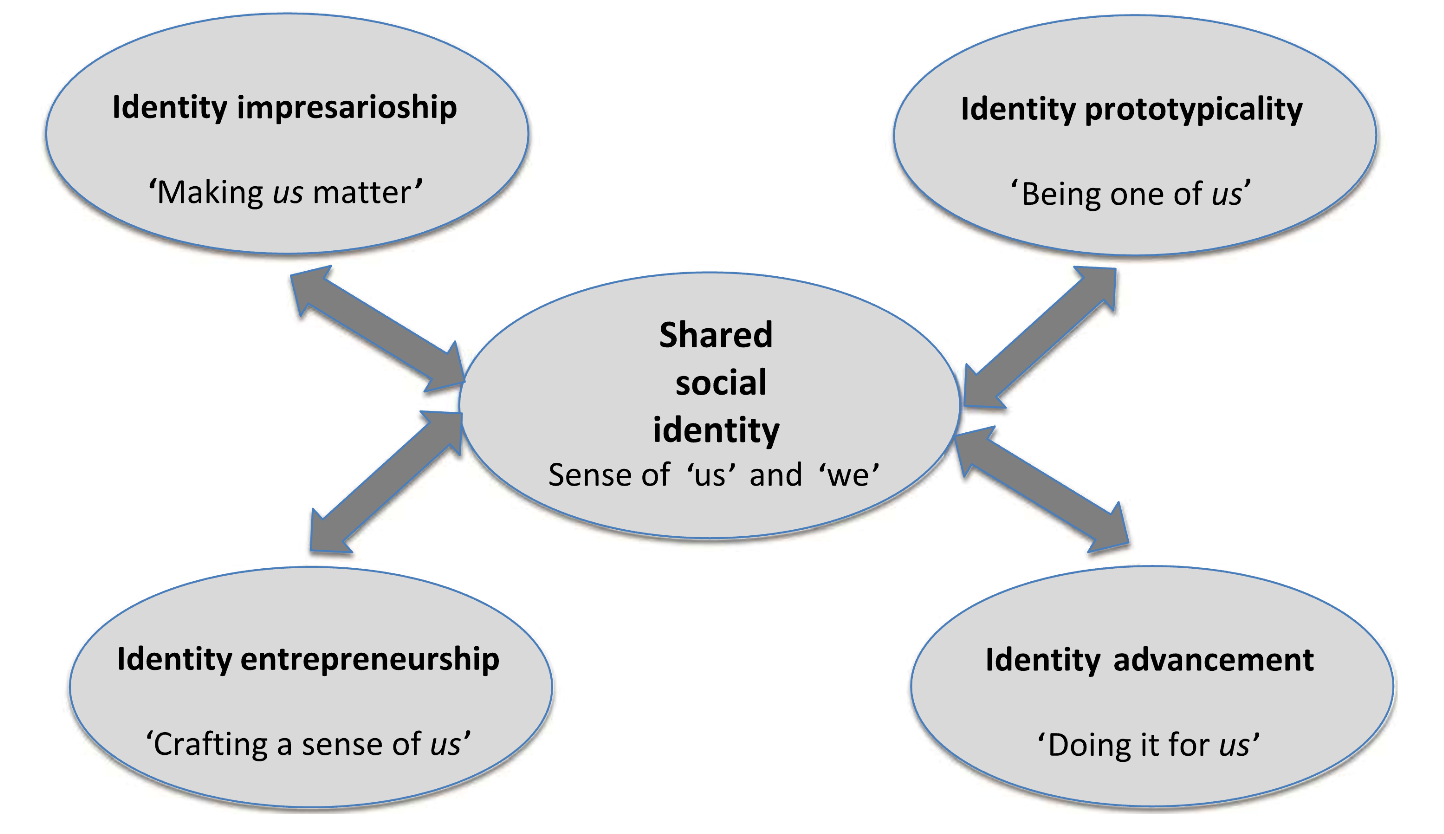
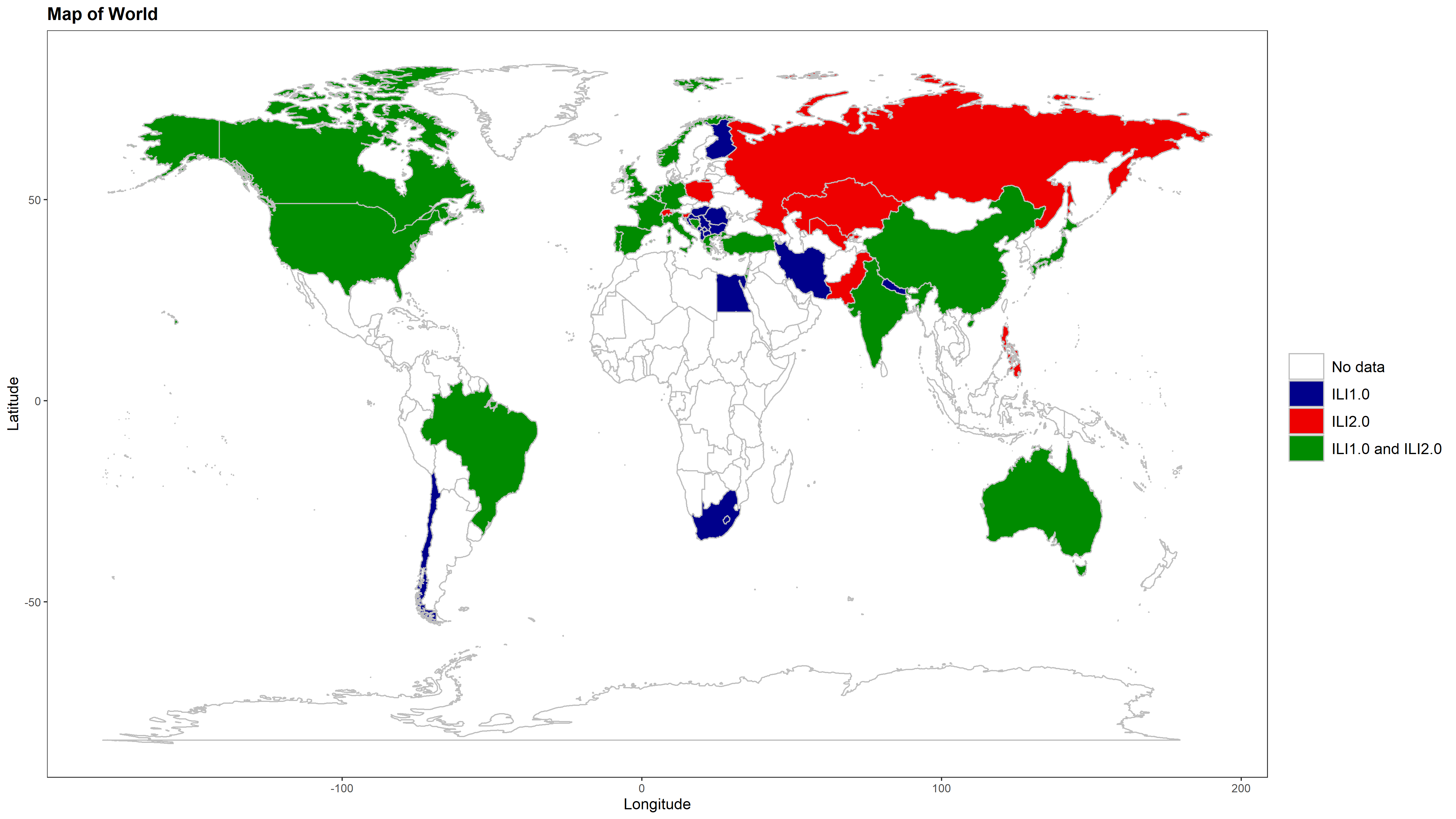
GILD Results in a nutshell:
- The ILI has a consistent factor structure and high predictive value across 20 countries and can thus be used to assess a leader’s ability to manage (team and organizational) identities in a range of national and cultural contexts.
- Identity leadership as perceived by employees is uniquely related to important indicators of leadership effectiveness including employees’ relationship to their team (identification and perceived team support), well-being (job satisfaction and reduced burnout), and performance (citizenship and innovative behavior at work).
- ILI can be used in practical settings to assess and develop leadership, for instance in 360 degree feedback systems.
- The short form of the ILI is also a valid assessment of identity leadership and this is likely to be useful in a range of applied contexts (e.g., those where there is a premium on cost and time or when comparing multiple leaders or multiple time points).
